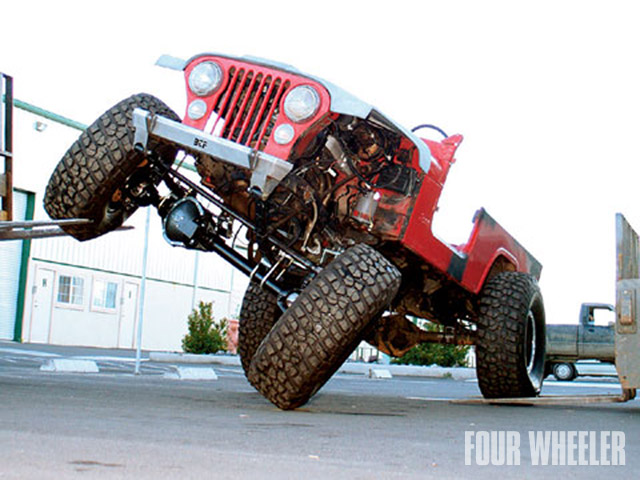Chris Turner
Member
Okay, I'm confused:
Why is a solid axle preferable to a fully independent suspension when off-roading?
To my thinking, with independent suspension you gain ground clearance no matter the method of lift: suspension lift or larger wheels & tires. With a solid axle, as soon as the lowest point on the frame is higher than the differential, your axle becomes the limiting factor in ground clearance... so the only way to increase clearance would be with larger wheels and tires.
Have I missed something?
Also, does a body lift somehow change clearance, or is it just for looks?
Thanks for the education!
Why is a solid axle preferable to a fully independent suspension when off-roading?
To my thinking, with independent suspension you gain ground clearance no matter the method of lift: suspension lift or larger wheels & tires. With a solid axle, as soon as the lowest point on the frame is higher than the differential, your axle becomes the limiting factor in ground clearance... so the only way to increase clearance would be with larger wheels and tires.
Have I missed something?
Also, does a body lift somehow change clearance, or is it just for looks?
Thanks for the education!
Last edited by a moderator:




